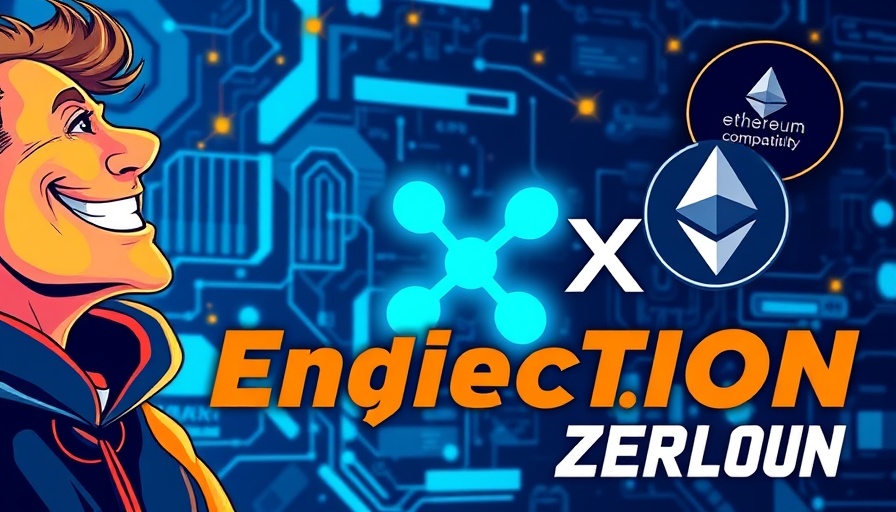
Unveiling the Pi Network: A Controversial Journey in Crypto
Since its inception in 2019, Pi Network has stirred controversy and interest within the cryptocurrency realm. The ability to mine Pi coins for free directly from mobile devices attracted millions, with reports of over 14 million verified users completing Know Your Customer (KYC) processes. However, beneath its surface lies a complex web of opacity surrounding its founders, technology, and future potential.
In Pi Network: You Won't Believe This! Review, History & Potential, the discussion dives into the complex and controversial landscape of Pi Network, exploring key insights that sparked deeper analysis on our end.
Who Really Founded Pi Network?
Contrary to the well-known narrative that only two Stanford alumni—Nicholas Kokalis and Cheng Dao Fan—established Pi Network, investigations reveal there are actually four founding members, including Vincent McFillip and Aurelion Schultz. The discord among founders raises questions about the project's leadership and direction, exacerbated by a lawsuit involving Vincent that was settled only recently. This lack of clarity about the foundation creates an uneasy atmosphere for investors looking for transparency.
Decoding the Technology: Pi Network's Unique Approach
At its core, Pi Network operates on a modified version of the Stellar Consensus Protocol (SCP), enabling it to process up to 70,000 transactions per second. However, this claim is met with skepticism due to the centralized nature of the blockchain. With only 28 nodes and minimal decentralization, questions remain about scalability and the project's overall integrity.
The KYC Dilemma: Who Are Pi's Users?
The KYC process implemented by Pi Network aims to ensure authenticity among users. However, skepticism towards its legitimacy permeates discussions, particularly given the potential for inflated user numbers and data security concerns. Delving into Pi Network's practices surrounding user data raises critical questions about privacy and the true cost of mining Pi coins seamlessly.
The Economics of Pi: Supply and Demand Imbalance
As the crypto market evolves, so does the economic model behind Pi. The tokenomics unveiled show a staggering 100 billion Pi coins, subdivided among users, the foundation, and the development team. While 65% is allocated to users through mining, concerns arise over a supply-demand imbalance that could lead to market volatility. With millions of users mining but limited liquidity, Pi faces inherent risks of high price manipulation.
Investment Opportunities and Outcomes
While Pi Network exhibits potential as a unique project, its prospects hinge on effective communication with its community. Upcoming milestones, such as improvements in development experiences and marketing strategies, could be game-changers for the platform. Nevertheless, more transparency could attract institutional investors, enhancing its standing in the cryptocurrency landscape.
Future Trends: What Lies Ahead for Pi Network?
As speculation mounts, market analysts suggest Pi could trade significantly higher than anticipated under optimal conditions. If proper groundwork is laid for its tokenomics and operational clarity, its value could see an influx. However, price manipulation tactics, combined with regulatory assumptions about KYC, could hinder its acceptance moving forward.
Conclusion: Weighing the Pros and Cons of Engaging with Pi Network
As Pi Network navigates its budding yet convoluted journey, it stands on the brink of either flourishing or falling behind in the evolving crypto space. With an already established user base and innovative mining practices, it offers a potential gold mine for digital currency enthusiasts. However, discerning investors must be vigilant, scrutinizing its practices, user experiences, and institutional credibility. The challenge lies in assessing how much Pi Network's past obscurity may hinder its promising future. If you’re interested in diving deeper into emerging trends in crypto, stay informed with reputable sources and analyses, including insights from the Coin Bureau and various educational webinars focused on the cryptocurrency sphere.
 Add Row
Add Row  Add
Add 




 Add Row
Add Row  Add
Add
Write A Comment